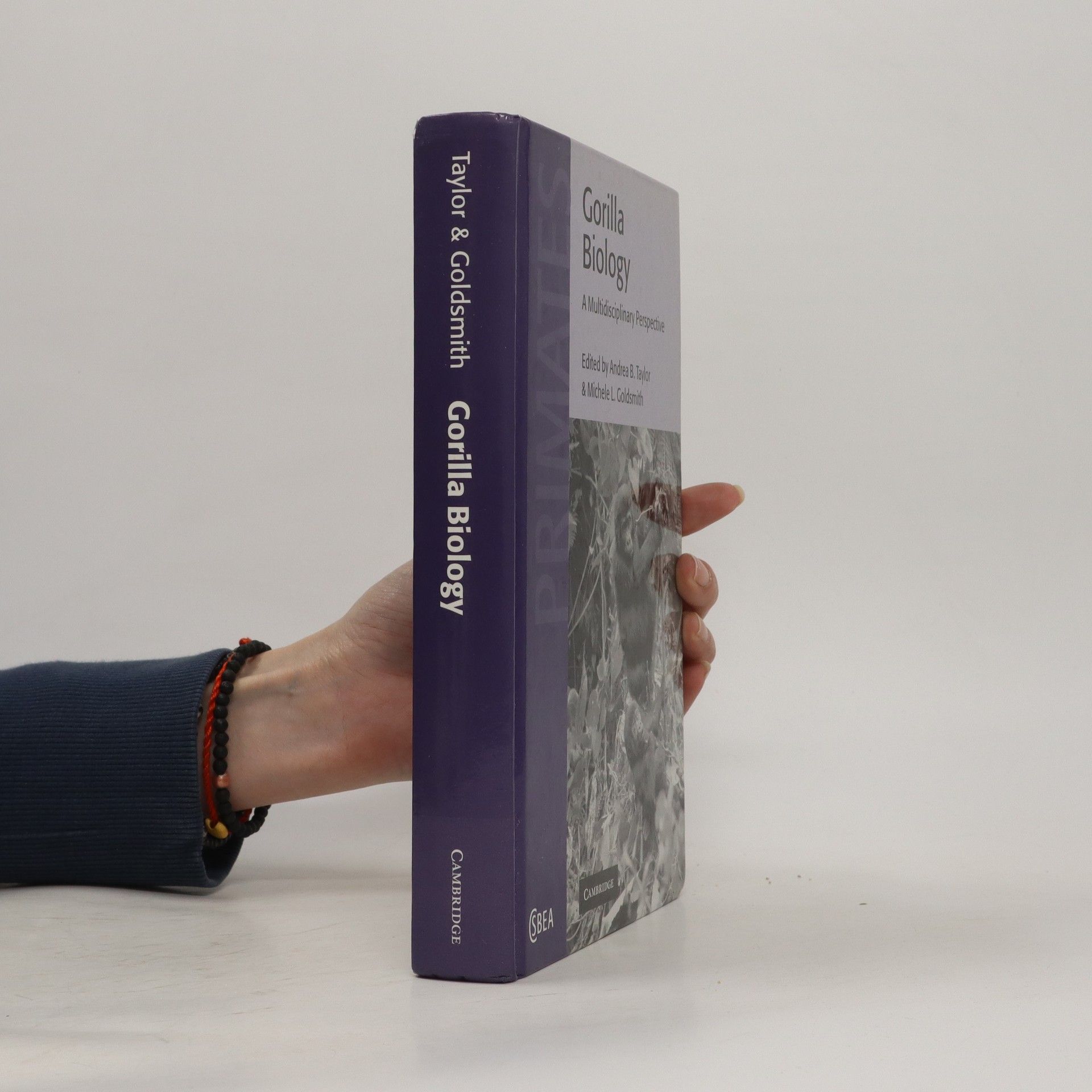The book presents compelling evidence that climate change, rather than competition with early humans, was the primary factor behind the extinction of Neanderthals. It explores how environmental shifts affected their survival, offering a fresh perspective on their demise and challenging traditional narratives about human-Neanderthal interactions. Through a detailed analysis, the author highlights the vulnerability of Neanderthals to changing climates, reshaping our understanding of their history and the impact of environmental factors on species survival.
Cambridge Studies in Biological and Evolutionary Anthropology Reihe
Diese Reihe befasst sich mit den Feinheiten der menschlichen Evolution und biologischen Anthropologie und bietet breite und integrierte Perspektiven auf dieses faszinierende Feld. Sie untersucht die Synthese aktueller Forschung und Gedanken in verschiedenen Bereichen, von der Evolutionsbiologie bis zur Primatologie. Jeder Band dient als Einführung in neue Teilgebiete für Studenten und als Forum für die neuesten Erkenntnisse von Forschern. Die Sammlung bietet einen umfassenden Überblick darüber, was uns aus biologischer und evolutionärer Sicht menschlich macht.






Empfohlene Lesereihenfolge
Growth, Maturation, and Body Composition
The Fels Longitudinal Study 1929 1991
- 300 Seiten
- 11 Lesestunden
This book provides an insightful exploration of a pivotal study in human biology, highlighting its significance and impact on the field. It delves into key findings, methodologies, and the implications of the research, offering readers a comprehensive understanding of how this study has shaped contemporary perspectives on human biology. Through detailed analysis, it emphasizes the importance of this research in advancing knowledge and fostering further inquiry in the discipline.
Gorilla Biology
- 528 Seiten
- 19 Lesestunden
Gorillas, one of our closest living relatives, are the largest living primates, and teeter on the brink of extinction. This study offers the first comparative perspective on gorilla populations throughout their natural range, and covers all known subspecies. Discussing phylogeny, evolution, functional morphology, behavioral ecology and conservation biology, this multidisciplinary work will be essential reading for primatologists, anthropologists, animal behaviorists and evolutionary biologists.
Bioarchaeology
- 658 Seiten
- 24 Lesestunden
Focusing on the analysis of human remains within archaeological settings, this book offers a comprehensive approach for both current and future bioarchaeologists. It synthesizes methodologies and insights, emphasizing the significance of these studies in understanding past human behaviors and societies. The text serves as a vital resource for advancing the field and enhancing the interpretation of archaeological findings related to human history.
Exploring what it is to be human through a dietary lens, this book examines human nutrition, how it has evolved and how it influences health and disease past and present. It considers what a 'natural' human diet might be and how this has been affected by social transformations.
Neanderthals and Modern Humans
- 266 Seiten
- 10 Lesestunden
Focusing on the extinction of the Neanderthals, this work presents a compelling argument that their demise was primarily due to their inability to adapt to rapid ecological changes rather than competition with modern humans. Clive Finlayson challenges traditional narratives surrounding their extinction, offering new insights into the environmental factors that played a crucial role during the Pleistocene period. This perspective reshapes our understanding of Neanderthal survival and their interactions with the changing world around them.
Human Paleobiology
- 368 Seiten
- 13 Lesestunden
Explores adaptability and variation in past and present human populations. Inhaltsverzeichnis Preface; 1. Palaeobiology: present perspectives on the past; 2. Constancy and change: taxonomic uncertainty in a probabilistic world; 3. A century of fossils; 4. About a century of theory; 5. Human adaptability present and past; 6. Primate patterns of diversity and adaptation; 7. Hominid phylogeny: morphological and molecular measures of diversity; 8. Plio-Pleistocene hominids: the paleobiology of fragmented populations; 9. Character state velocity in the emergence of more advanced hominids; 11. Paleobiological perspectives on modern human origins; 12. The future of the past; References.